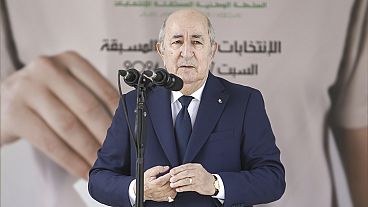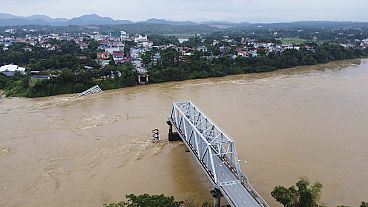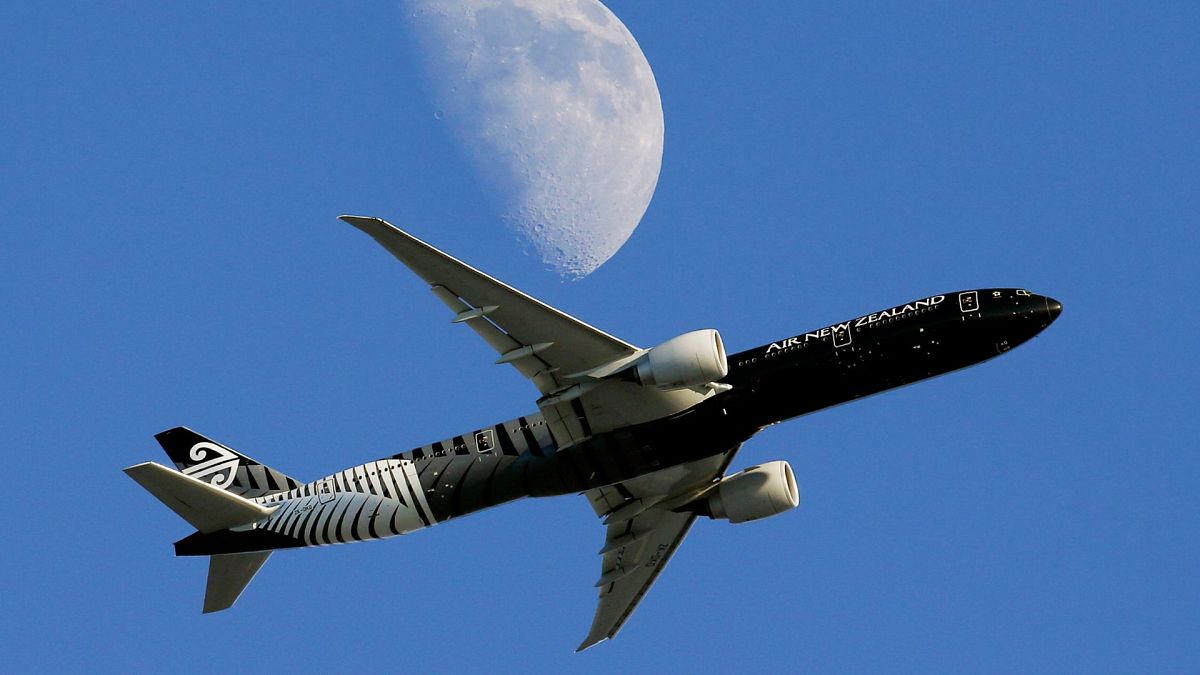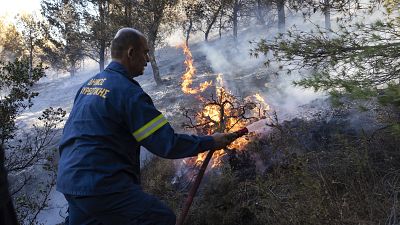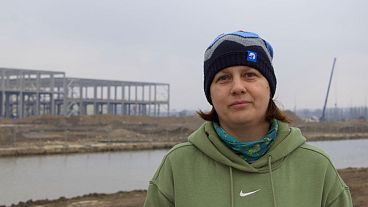‘Silver bullets’ like SAF allow airlines to delay meaningful action, says one campaign group.
Air New Zealand scrapped its 2030 carbon emissions reduction targets this week, citing delays in building new planes, a lack of alternative fuel and “challenging” regulations and policies.
“This news reinforces what we already know - that the aviation industry cannot be trusted to reduce their own emissions,” says campaign group Stay Grounded.
“It’s highly likely that we’ll see more airlines abandoning their emissions reduction goals as it becomes clear that the silver bullet they’re relying on - the use of so-called ‘SAF’ [sustainable aviation fuel] - is not feasible at anything close to the scale that would be needed.”
New Zealand’s national carrier is one of the country’s biggest companies by revenue. Its withdrawal from the Science Based Targets initiative (SBTi) was the highest-profile reversal yet of an airline’s commitments to a UN framework for corporations to stay on track to meet the Paris Agreement on emissions reductions.
It highlights the hurdles facing carriers and policymakers in cutting aviation emissions.
“If even Air New Zealand can't do it, it kind of cements the reality that reducing emissions from aviation is an impossible task under the current technical regime,” says James Higham, a sustainable tourism expert at Griffith University in Australia.
A sharp u-turn on emissions targets for Air New Zealand
Tuesday’s update was a sharp turnaround from a 2022 announcement by Air New Zealand in which it declared itself the second carrier in the world to have its plans validated by the UN’s Science Based Targets initiative aviation framework.
It pledged a 28.9 per cent reduction in carbon emissions by 2030, from a 2019 baseline, with a 16.3 per cent drop in absolute emissions.
So what went wrong?
The airline - which was led until 2019 by the now-Prime Minister of New Zealand, Christopher Luxon - was meant to begin reporting on its 2030 emissions targets during this financial year.
It is now revising its near-term target in line with current challenges.
Can Air New Zealand still reach net zero by 2050?
Air New Zealand said it was still committed to a target of net zero carbon emissions by 2050, in line with the Paris Agreement.
The carrier would establish new “near-term” emissions reduction targets that would “better reflect the challenges relating to aircraft and alternative jet fuel availability”, CEO Greg Foran said in a written statement.
Global manufacturing and supply chain issues could slow the introduction of more fuel-efficient planes into Air New Zealand’s fleet, Foran said.
The “affordability and availability of alternative jet fuels” and global and domestic policy settings are also “outside the airline’s direct control,” he added.
“What we see here is a trend within the aviation industry - they repeatedly fail to meet environmental targets and then ask us to trust them again next time,” says Stay Grounded.
“The only solution that will actually allow Air New Zealand to adequately reduce their emissions is to stop their growth plans and massively reduce the number of flights that take off each day.”
Are other airlines likely to drop their emissions targets?
Foran’s remarks echoed problems facing the aviation sector worldwide. Air travel makes up about 2.5 per cent of global carbon emissions, but it's one of the most carbon-intensive activities per passenger.
Without intervention, CO2 emissions from commercial aircraft are on course to triple by 2050 according to SBTi.
Production of more efficient planes is behind schedule - partly due to delays caused by the COVID-19 pandemic - and improvements in reducing fuel burn are agonisingly slow.
SAF still only makes up 0.2 per cent of all fuel used, according to aerospace corporation Airbus - but it needs to reach 10 to 15 per cent by 2030 to stay on track for net zero by 2050. Its limited volume makes it at least double the price of conventional jet fuel.
“It’s meant to be a very difficult target to meet but I think one that needs to be there to show everyone what needs to be done,” says Sola Zheng, a senior researcher with the International Council on Clean Transportation who was involved in devising the SBTi.
The goal was a stringent one “unless airlines are willing to slow down their growth”, adds Zheng.
Other airlines listed on the SBTi database as having “removed” their commitment to near-term emissions goals included United Airlines, the German carrier Lufthansa, Britain’s easyJet, LATAM Airlines Chile and Japan Airlines.
Alternative low carbon forms of air travel like electric or hydrogen planes are still in their infancy and are not yet commercially viable.
Long distance flights, meanwhile, are going through a renaissance with new routes opening up and growing investment from governments, especially in Europe.
Stronger climate regulation needed from governments
Analysts have long warned that the volume of sustainable fuel being produced is a small fraction of demand.
“There’s not a lot of incentives for more efficient flights and increased efficiency is usually coming from more efficient aircraft models,” rather than alternative fuels, Zheng says.
In Tuesday’s statement, the airline’s chair, Dame Therese Walsh, said the carrier would renew its “advocacy for the global and domestic regulatory and policy settings” that would help the aviation sector “do its part to mitigate climate change risks”.
Air New Zealand's declaration was a reminder of the challenges and of the need to lean in and help companies “do it”, Australia's Minister for Climate Change and Energy Chris Bowen told reporters after meeting with his New Zealand counterpart in Brisbane on Tuesday, unrelated to the airline's announcement.
“Nobody ever suggested it was easy,” Bowen said. “What it does do is underline the needs for governments to be involved.”
Stay Grounded argues that what’s needed is strong government regulation to deter people from flying, such as a frequent flyer levy, a tax on kerosene, airport caps and an end to all airport expansion.
Is flying less the only solution?
Tourism is New Zealand’s second-largest export earner, driven by images of the country’s pristine and scenic vistas.
Air New Zealand’s marketing efforts have often aligned with strategies to sell the country’s “clean and green” profile abroad - including in-flight safety videos with themes of environmental stewardship.
Higham, the tourism professor, says the only way for airlines to substantially reduce aviation emissions was to fly less.
“Air New Zealand has tried everything really, sustainable aviation fuels and carbon offsetting programs, and it all sounds good but nothing’s changing,” he said.
“Ultimately, Air New Zealand's announcement is a recognition of the fact that the ‘solutions’ the industry has been relying on - such as ‘SAF’ and aircraft efficiency - are insufficient and merely allow them to delay meaningful action,” adds Hannah Lawrence, a spokesperson for Stay Grounded.
“Instead of waiting for the industry to continue missing further climate targets we need strong government regulation to reduce flights.”

